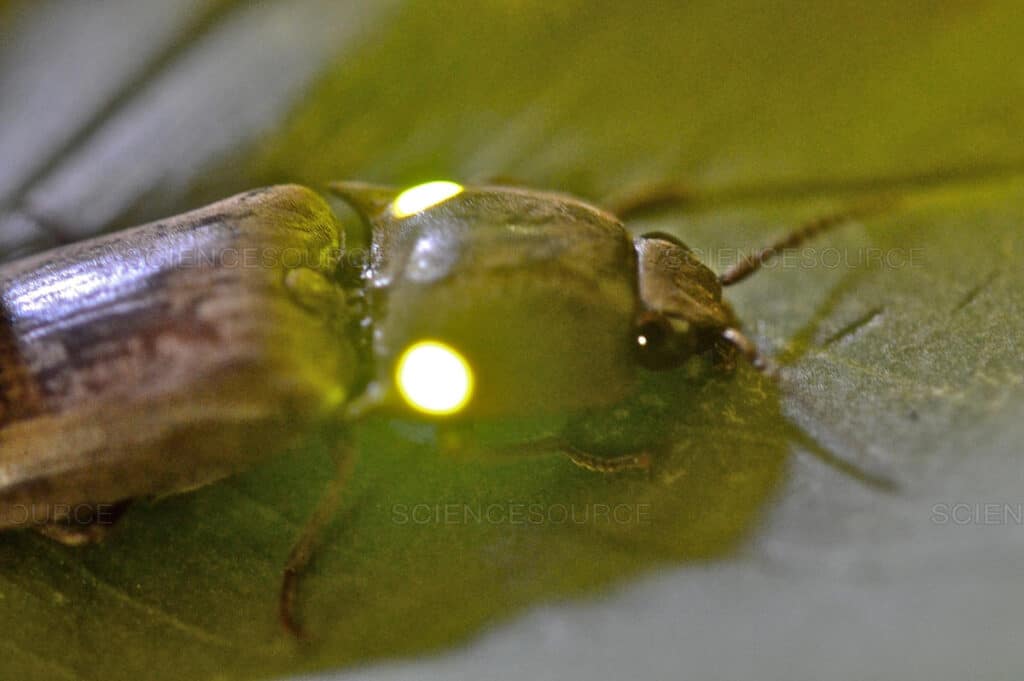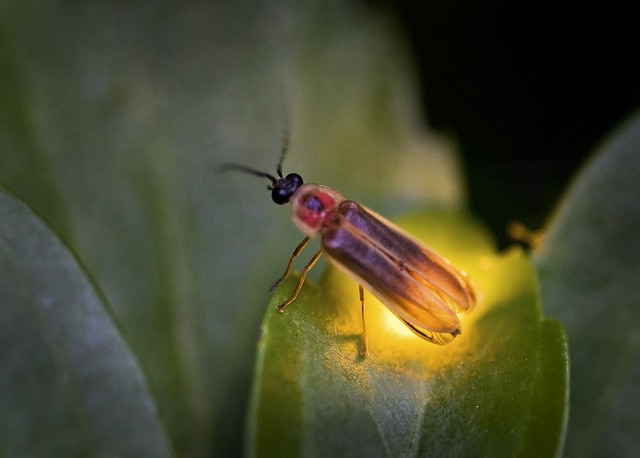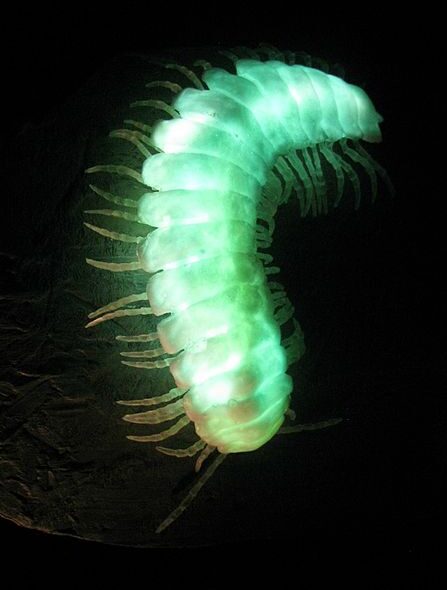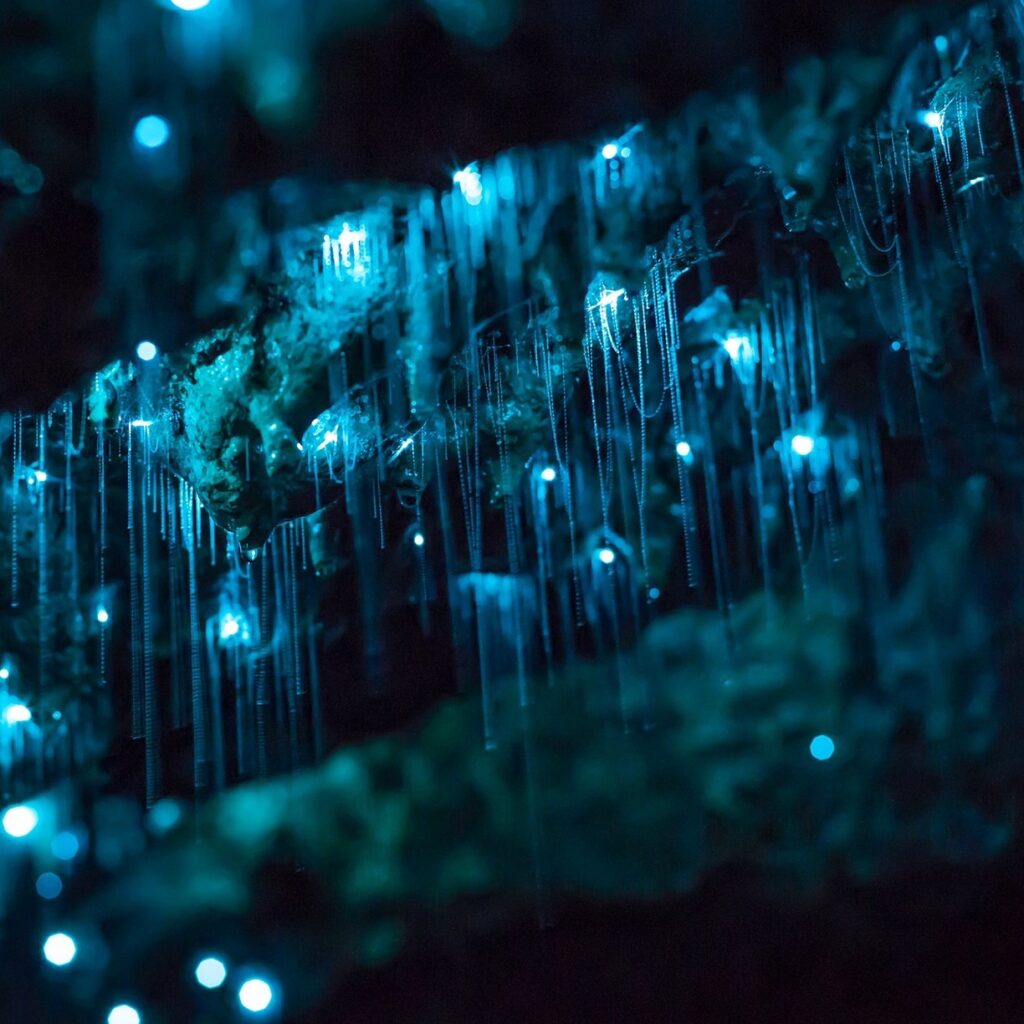Bioluminescence is a process by which an organism produces and emits light. It’s a process in which blue light hits the surface of an animal and is reemitted as a different color, usually orange, red, or green. Bioluminescence is actually produced by a chemical reaction inside the organism. The reaction involves an enzyme known as luciferase, a molecule called luciferin, and a molecule of oxygen. Luciferase acts upon the reaction between luciferin and oxygen to give a new compound generating the light that we see.
Bioluminescence occurs mostly in ocean animals. A staggering 76 percent of ocean animals are bioluminescent, which means they can produce their own light through a series of chemical reactions or host bacteria in them.
At least 1,500 species of fish are known to be bioluminescent, so if we were to prepare a list of the top 10 bioluminescent animals in the ocean, the list is going to be so long. Bioluminescent animals on the land are very rare.
Let’s look at the top 10 bioluminescent animals on the land.
1. Earthworm

The Diplocardia longa earthworm discharges a sticky, bioluminescent slime when it’s disturbed as a way to scare off predators. This excretion contains luciferin, the same light-emitting chemical found in fireflies. There are 33 species of luminescent earthworms found all around the world, though most of them are found in the American South. They emit light from blue all the way to the red end of the spectrum.
2. Click Beetle

Pyrophorus noctilucus, also known as Headlight Elater, is a species of click beetle. These beetles are among the brightest bioluminescent insects. They have two small bioluminescent light organs at the back of the head and one under their abdomen. They produce a constant light in many different colors – from green all the way to orange depending on the species. The headlights glow so intensely that they can be spotted over a hundred feet away.
3. Firefly

One of the most widely-known luminescent insects is the firefly. There are more than 2,000 species of fireflies or lightning bugs. In adult fireflies, it is primarily a means to attract mates and to lure prey. The flashing light patterns are used to identify members of the same species and to distinguish male fireflies from female fireflies.
4. Millipede

Among the 12,000 known millipede species, only eight are known to glow in the dark. All eight belong to the genus Motyxia and live in three counties in California. The Motyxia millipede, also commonly known as the Sierra luminous millipede, is a bioluminescent invertebrate. Millipedes are blind, they spend the day burrowed under the soil but upon night these blind creatures crawl out from the ground to feed on dead plants. These species glow like a neon light.
5. Glow Worm

A glow worm is not actually a worm at all but larvae of various groups of insects or adult females that resemble larvae. Adult female glow worms do not have wings but have light-producing organs along with their abdominal areas. They emit light to attract prey, that becomes entrapped in the sticky fibers.
Adult females illuminate to attract mates, though males can glow too. The female loses its ability to glow after laying eggs. They are mostly found in New Zealand caves, and it is one of the most beautiful sites on earth when these worms glow in thousands in the caves.


